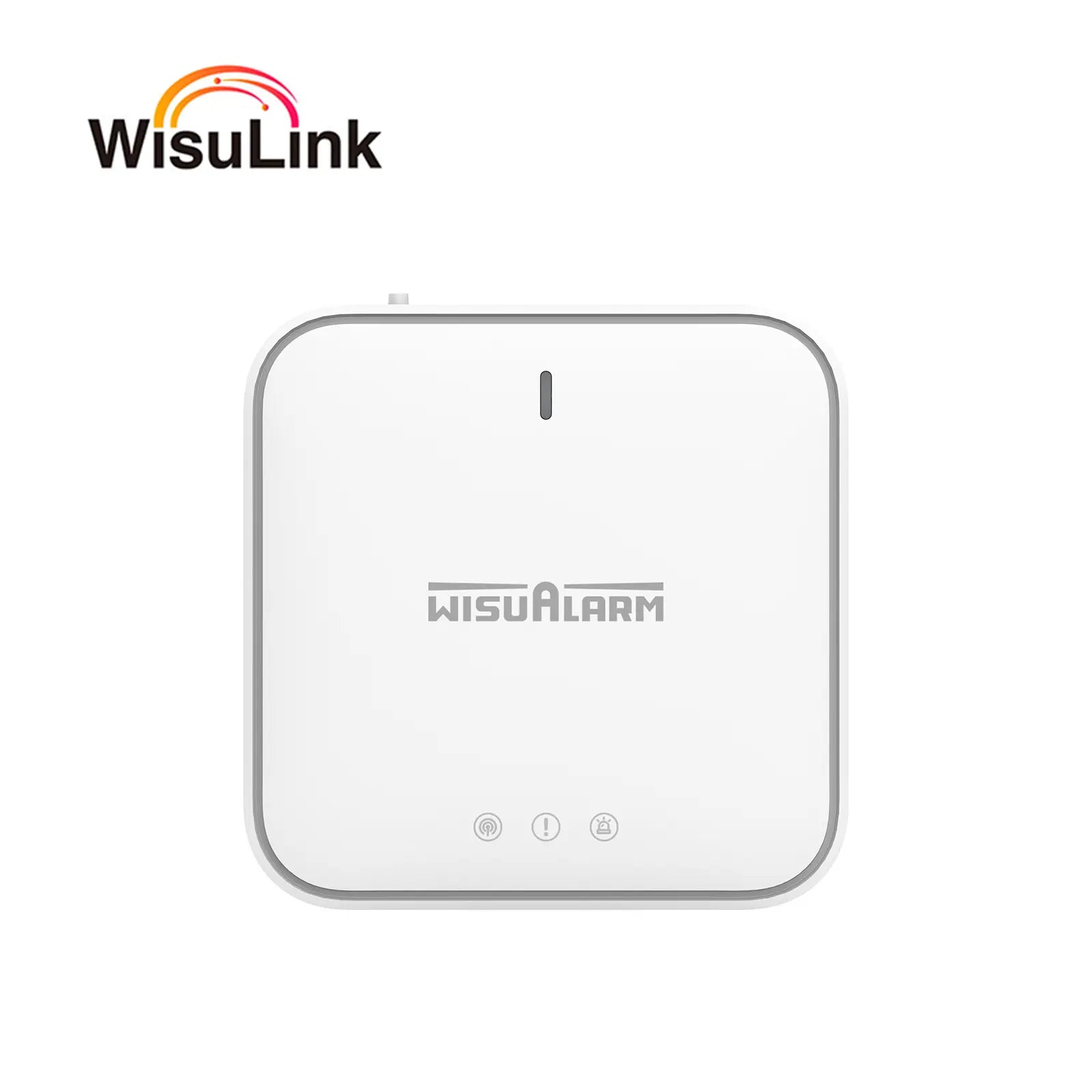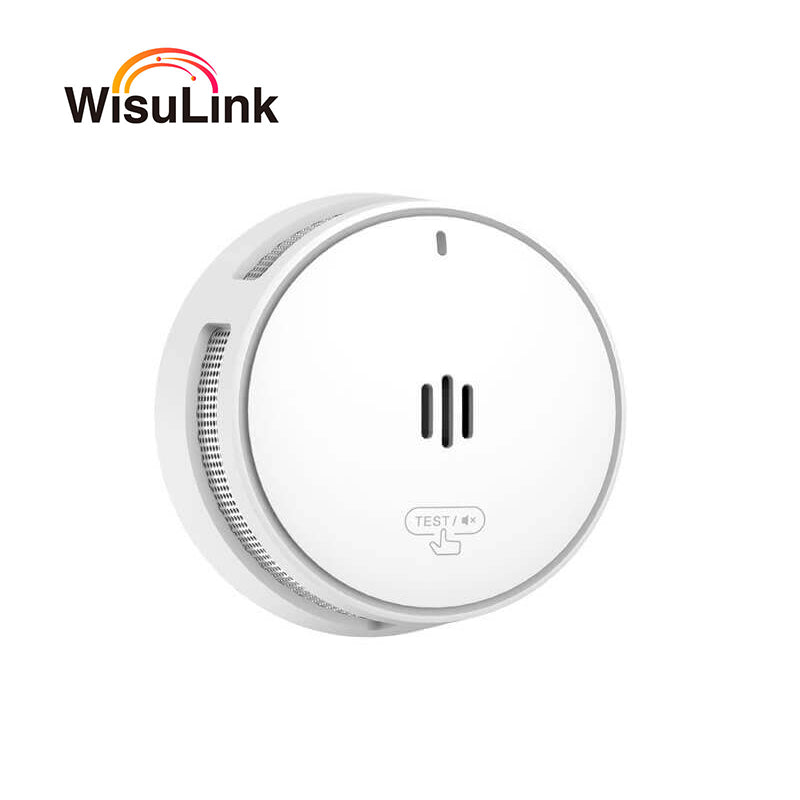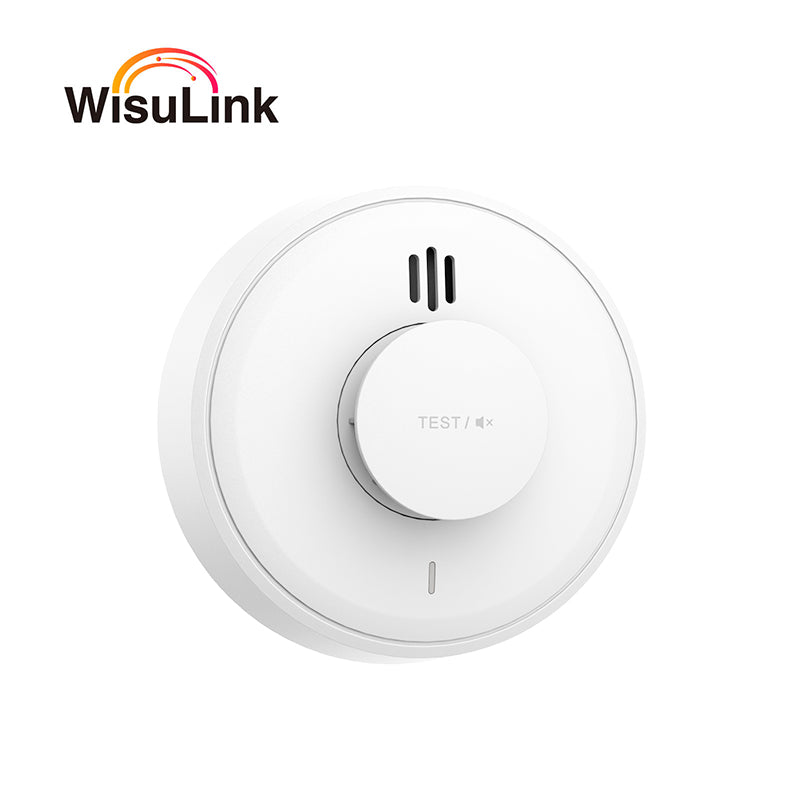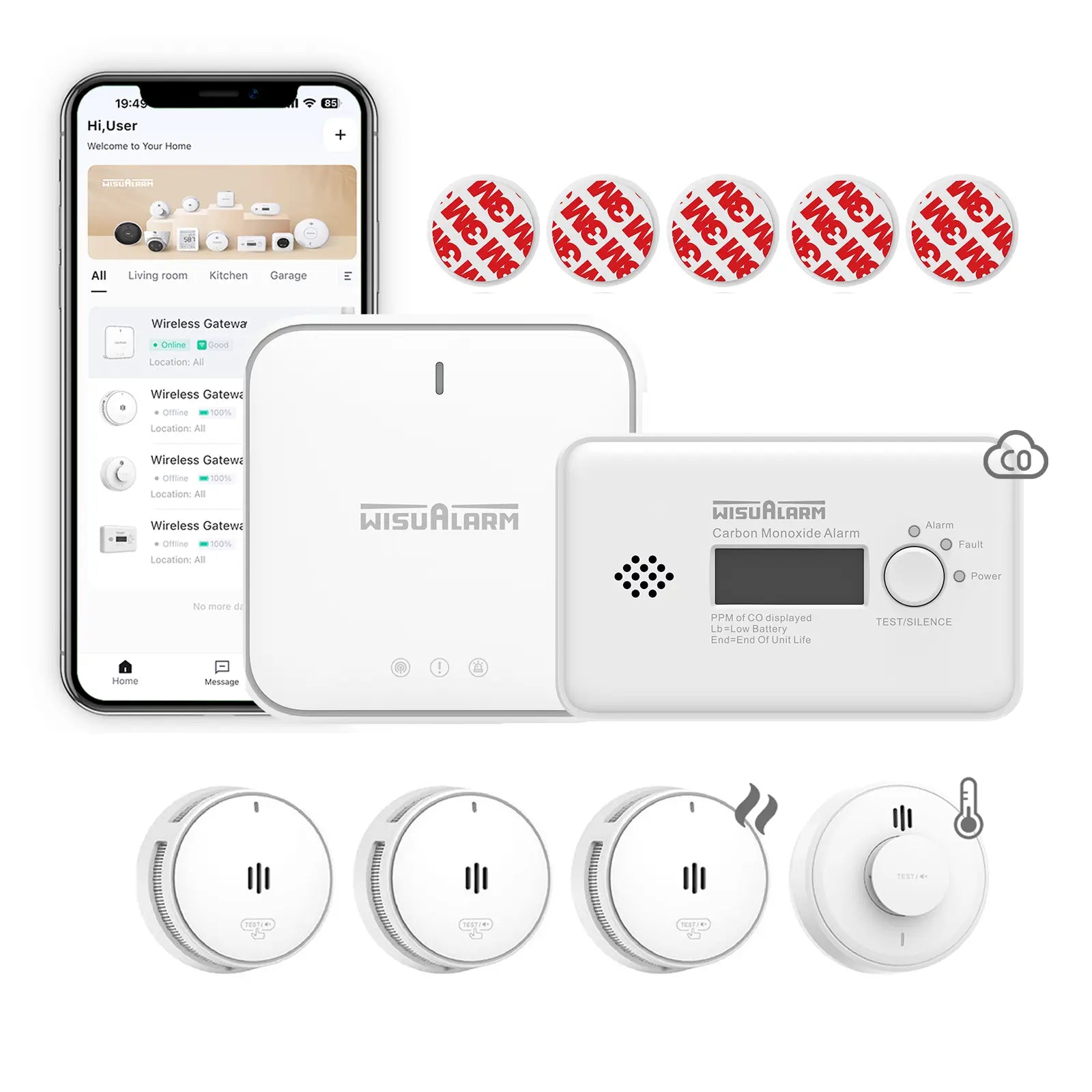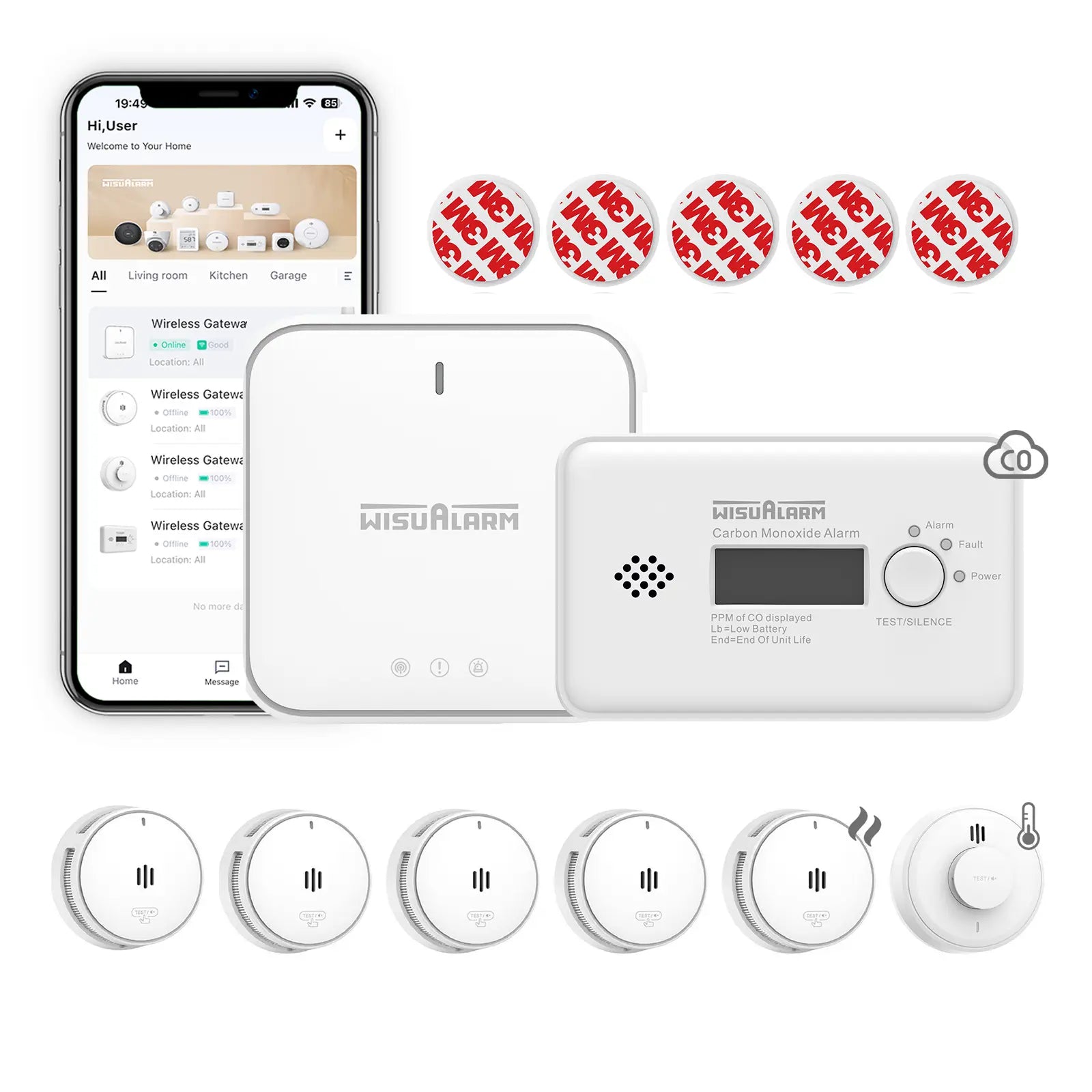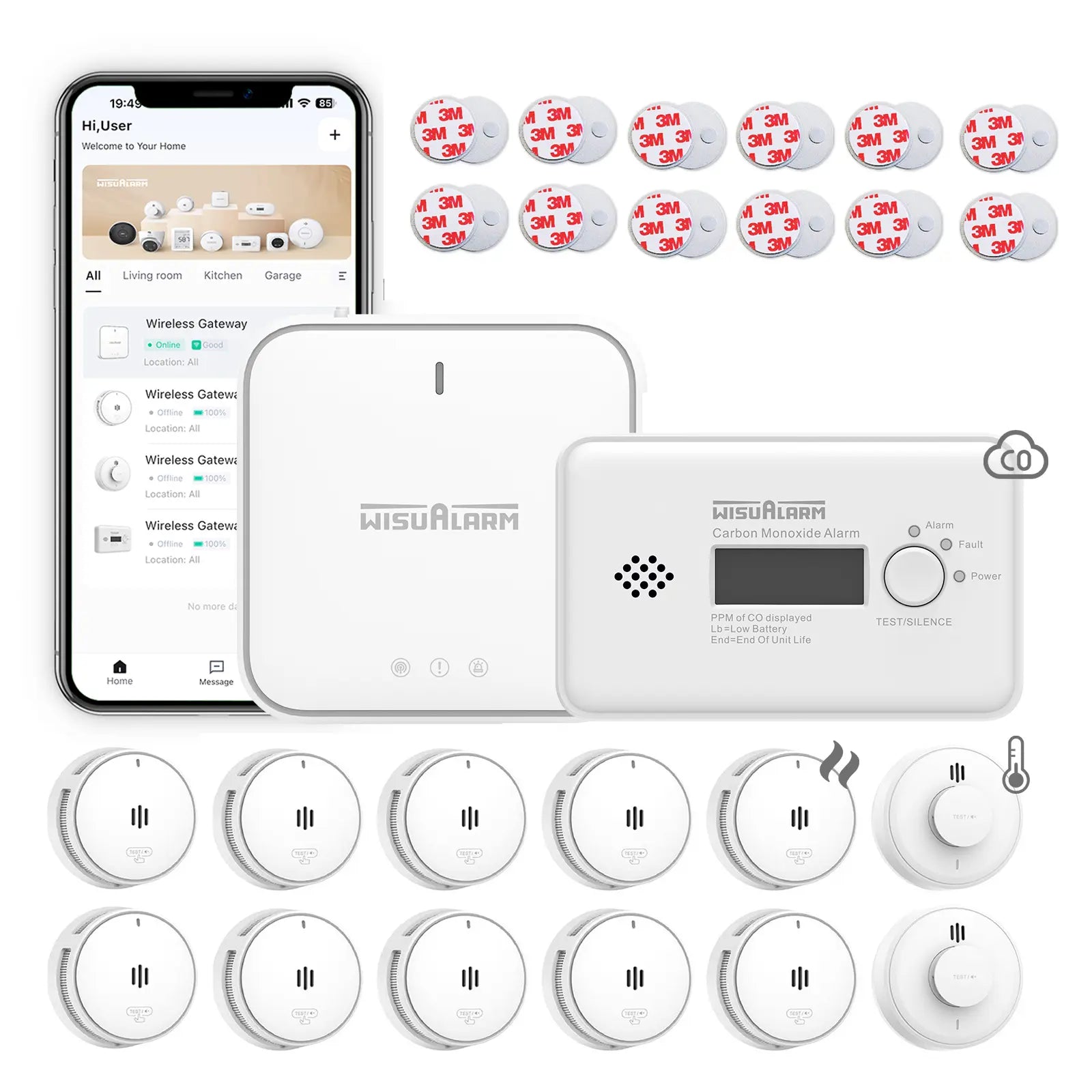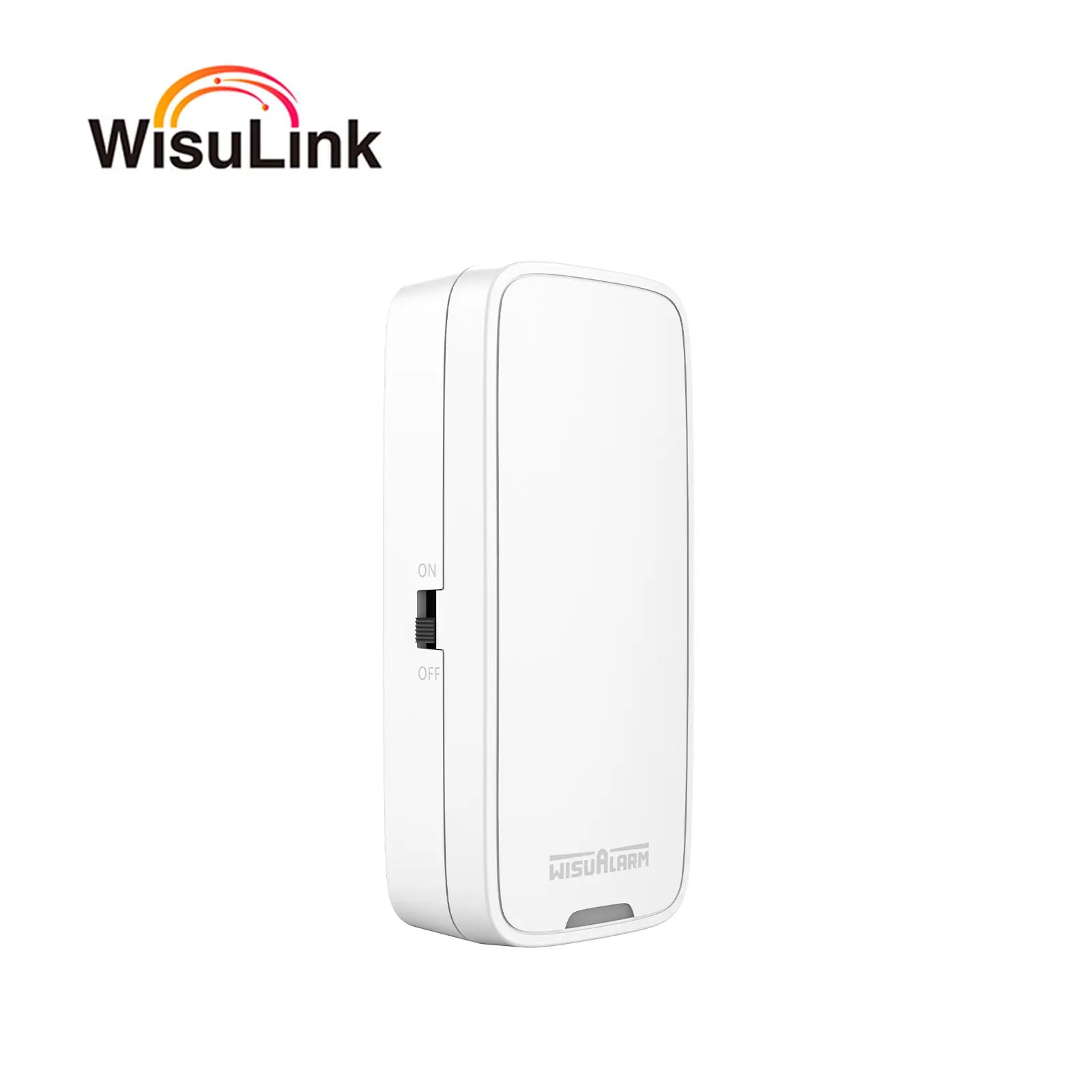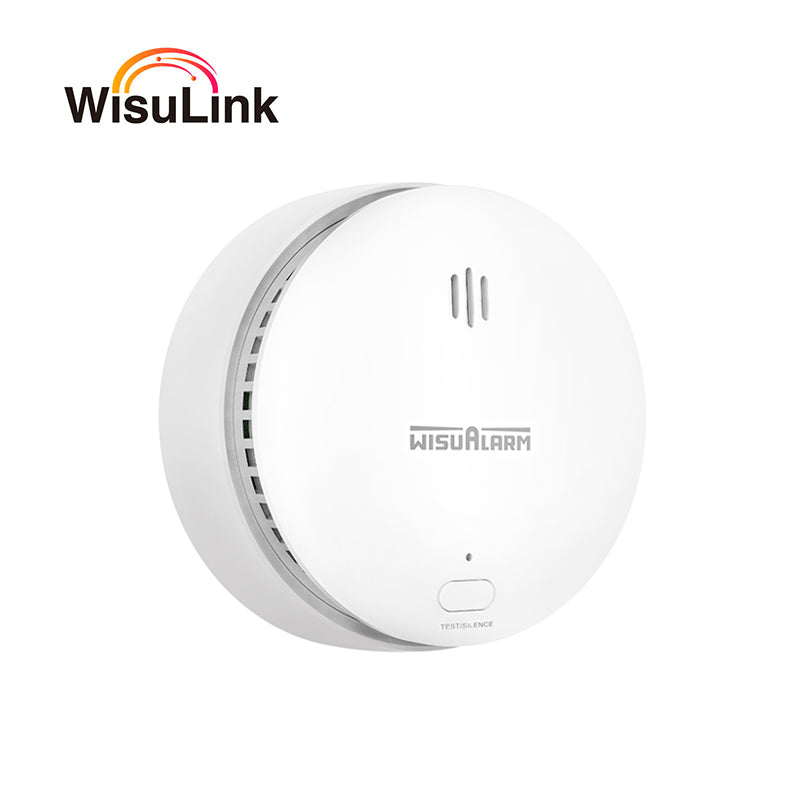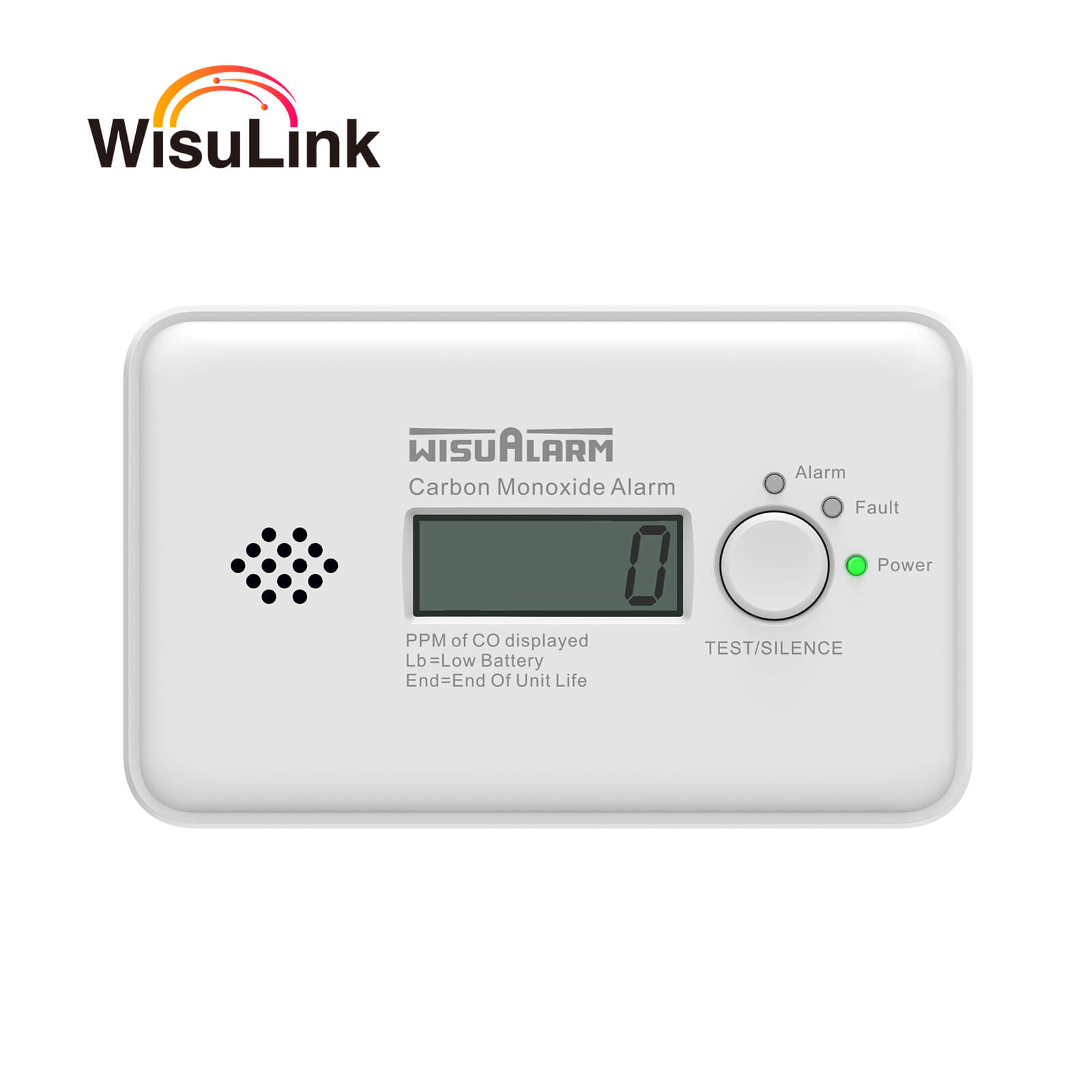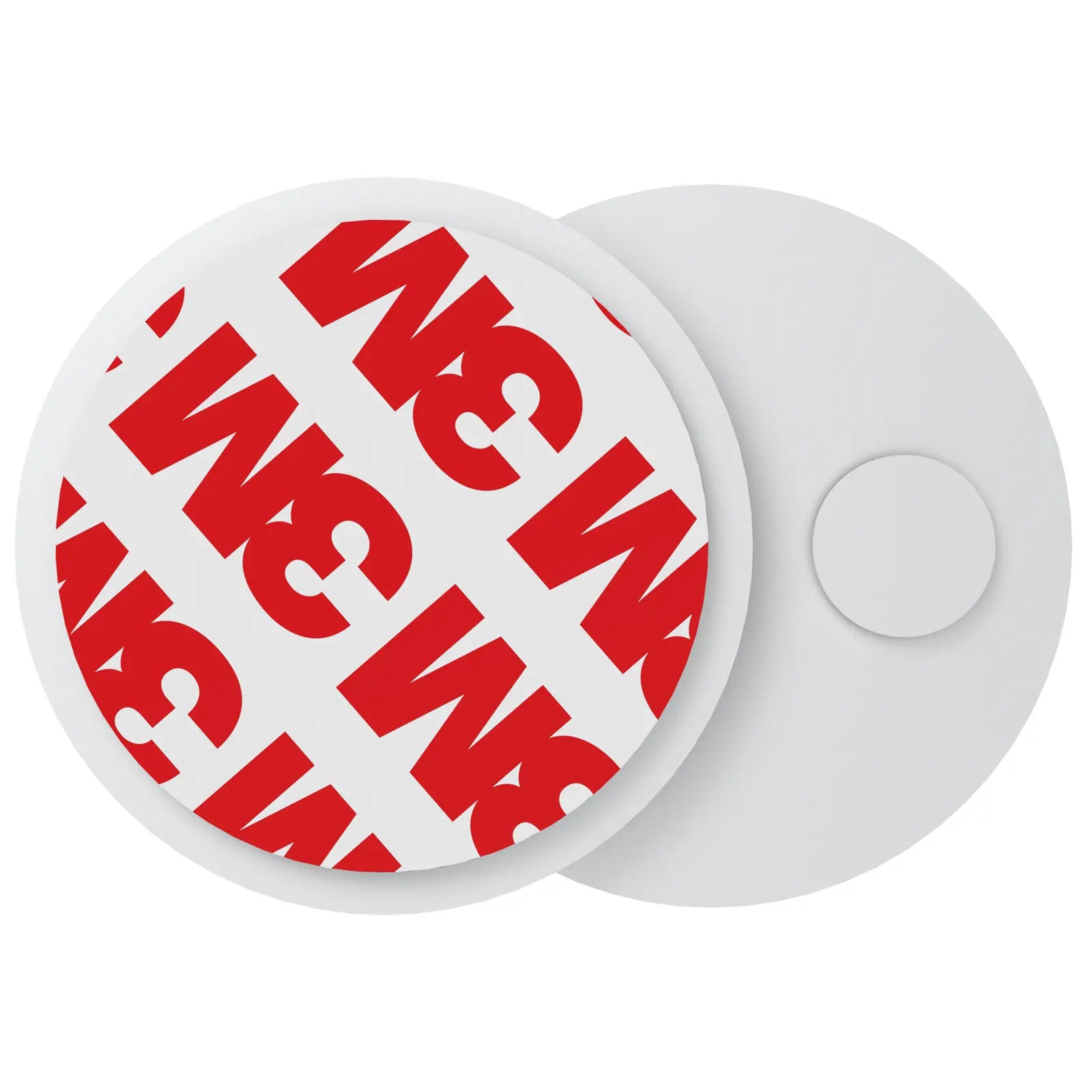Carbon monoxide (CO) is a silent killer. It’s colorless, odorless, and tasteless, which makes it incredibly dangerous without the right detection tools. One of the essential standards that ensure the reliability and effectiveness of carbon monoxide detectors is EN 50291. This article will delve into the specifics of this standard and what it entails for CO detectors.

What is EN 50291?
EN 50291 is a European standard that sets out the requirements for the performance and testing of carbon monoxide detectors. This standard ensures that CO detectors provide reliable warnings when harmful levels of carbon monoxide are present. Compliance with EN 50291 means that the devices have gone through rigorous testing and meet all necessary safety criteria.
Key Requirements of EN 50291
- Performance Testing: EN 50291 mandates that carbon monoxide detectors must be able to detect specific levels of CO concentration. The detectors should provide an audible alarm when CO levels exceed 50 parts per million (ppm) within a specific time frame.
- Response Time: The standard specifies the response time for detectors. Depending on the concentration of carbon monoxide, the detector must activate an alarm within a set period — for example, within 60 to 240 minutes for lower concentrations.
- Durability and Reliability: These detectors must be durable and reliable, maintaining consistent performance over their lifespan. They should also be resistant to environmental conditions such as humidity and temperature variations.
- Alarm Signals: EN 50291 specifies that CO detectors must provide distinct audible alarm signals that can clearly alert users to the presence of carbon monoxide.
- Installation Requirements: The standard also provides guidelines on where and how these detectors should be installed for optimal performance and user safety.
- Power Source: EN 50291 outlines requirements for power sources, ensuring the detectors have suitable battery life or are hardwired to prevent failures in emergency situations.
- Maintenance and Testing: The standard emphasizes the importance of regular maintenance and testing to ensure that CO detectors remain functional throughout their operative life.
By adhering to EN 50291, manufacturers can ensure that their carbon monoxide detectors meet high safety and quality standards, offering peace of mind to users in households and commercial settings.
Introducing Wisualarm CO Detectors
At Wisualarm, we understand the importance of safety in every home and workplace. That's why we are proud to offer a range of carbon monoxide detectors that all comply with the EN 50291 certification.
- Wisualarm Model C03: This compact and efficient detector features advanced sensor technology for precise CO detection, a loud alarm, and easy installation.
- Wisualarm Model DHI-HY-GC20C: Equipped with a digital display, this model not only detects CO levels but also shows real-time readings, helping you stay informed.
- Wisualarm Model C06: Our top-of-the-line model comes with three different performance tests: carbon monoxide concentration, temperature and humidity. Monitor the gas safety of your surrounding environment to the maximum extent possible.
Ensure the safety of your loved ones with Wisualarm’s EN 50291 certified carbon monoxide detectors. Invest in your safety today and experience the peace of mind that comes with knowing you are protected against this invisible threat.
Conclusion
Understanding the implications of EN 50291 is crucial for ensuring that your carbon monoxide detector is reliable and effective. With Wisualarm's range of certified CO detectors, you can trust that you are purchasing a product that meets the highest safety standards. Don't wait until it's too late—choose Wisualarm today for a safer tomorrow!





